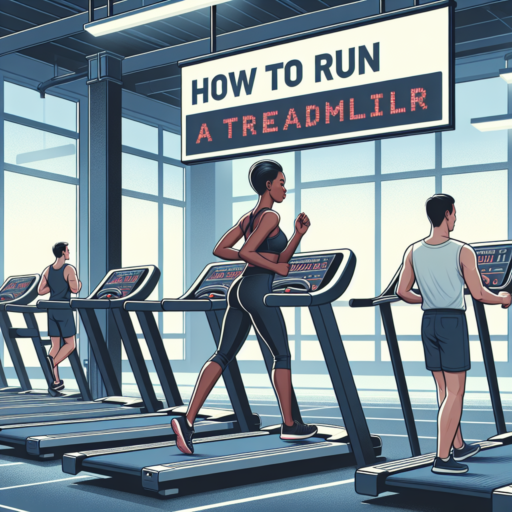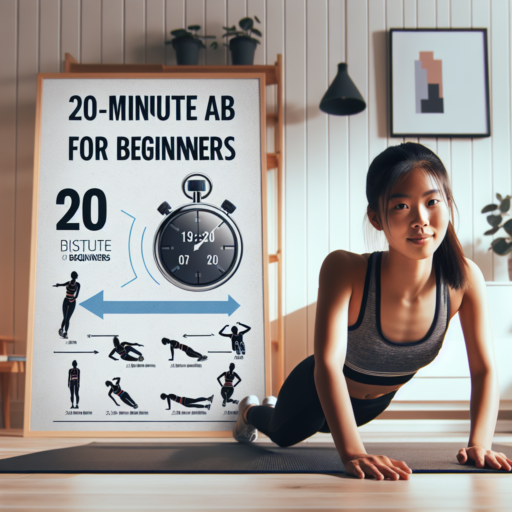How should a beginner run on a treadmill?
Stepping onto a treadmill for the first time can be a daunting experience for beginners. To start off on the right foot, understanding the basics of treadmill running is crucial. First and foremost, familiarizing yourself with the machine’s functionality and safety features is a must. Most treadmills come equipped with an emergency stop function and speed adjustments, which are essential for a safe workout. Begin with a warm-up walk at a slow pace to get your muscles ready for exercise.
After warming up, it’s important to focus on your running form. Maintaining a proper posture is critical to prevent injuries and improve your running efficiency. Keep your back straight, shoulders relaxed, and gaze forward. Avoid looking down at your feet or the treadmill’s console as this can lead to neck strain. Gradually increase the treadmill’s speed to a comfortable yet challenging pace that allows you to sustain a steady run without overexerting yourself. Beginners should aim for short durations, gradually increasing as endurance improves.
Finally, incorporating intervals into your treadmill routine can propel your fitness levels and keep the workout engaging. Start with simple walk-jog intervals: walk at a moderate pace for two minutes, then jog for one minute, and repeat. This approach helps build stamina and confidence on the treadmill without overwhelming your body. Remember, the key is consistency and gradual progression; listen to your body and adjust the intensity and duration of your workout accordingly.
How to run correctly on a treadmill?
Running on a treadmill can be a substantial part of your fitness routine, especially when outdoor conditions are not favorable. To maximize benefits and minimize the risk of injury, it’s crucial to run correctly on this piece of equipment. Understanding the proper form and techniques can significantly enhance your treadmill experience.
Setting Up Your Treadmill for Success
Before you start, ensure that your treadmill is set up for an optimal running session. Begin with a gentle incline of 1 to 2 percent to mimic outdoor running, which compensates for the lack of air resistance indoors. It’s essential to check that the area around the treadmill is clear to prevent accidents.
Mastering the Running Form
A proper running form on a treadmill is slightly different from outdoor running. Keep your back straight, shoulders back, and gaze forward to reduce strain on your neck and back. It’s important to avoid clinging onto the handrails, as this can lead to an unnatural posture affecting your balance and muscle engagement. Instead, let your arms swing naturally by your side with your elbows at a 90-degree angle. Focus on landing softly on your feet with a mid-foot strike to reduce impact.
Adapting your speed and stride length can also make a significant difference. Beginners should start at a slow pace, gradually increasing as they become more comfortable. Being mindful of not overstriding is key; your feet should land directly under your body. This adjustment helps in preventing joint stress and maximizes your energy efficiency on the treadmill.
How long are you supposed to run on a treadmill?
The duration someone should run on a treadmill varies depending on a variety of factors including fitness goals, current fitness level, and individual health conditions. For beginners, starting with shorter durations of 15 to 20 minutes is recommended to assess tolerance and gradually increase stamina. Meanwhile, more seasoned runners might target 30 minutes to an hour to maintain fitness or train for specific events. It’s crucial to listen to your body and adjust accordingly, rather than strictly adhering to a one-size-fits-all approach.
Factors Influencing Treadmill Running Time
- Fitness Goals: Whether your aim is weight loss, endurance building, or training for a race, your objectives significantly dictate the length of your treadmill workouts.
- Experience Level: Novices should start with shorter, more manageable sessions, gradually increasing the duration as their endurance improves, while more experienced runners may opt for longer, more intense workouts.
- Physical Health: Individuals with preexisting health conditions or those recovering from injuries should consider shorter sessions and consult healthcare professionals for personalized advice.
Integrating variety into your treadmill routine, such as interval training or incorporating incline, can also impact the ideal duration of your run. Employing diverse running strategies not only prevents boredom but can significantly enhance fitness outcomes without necessarily extending workout time. Hence, determining how long to run on a treadmill is a personalized process, reflecting one’s fitness journey and goals.
Is 30 minutes of treadmill a day enough?
It’s a common question among fitness enthusiasts and those looking to improve their health: Is 30 minutes of treadmill a day enough? The answer, while seemingly straightforward, involves a deeper understanding of your personal health goals and fitness level. Engaging in 30 minutes of treadmill activity can significantly contribute towards achieving the minimum recommended exercise targets set by health professionals. However, the effectiveness of this duration can vary based on several factors.
Firstly, it’s essential to consider the intensity of the treadmill workout. A moderate-intensity session, where you’re able to talk but not sing, can help you meet these exercise guidelines. For those aiming for weight loss or to increase cardiovascular fitness, incorporating intervals of higher intensity may offer better results. It’s not just about the clock; it’s also about how you make those 30 minutes count.
Secondly, consistency is key. A 30-minute treadmill routine needs to be part of a regular exercise regime to see significant health benefits. It’s also crucial to combine this with a balanced diet and adequate rest; exercise alone is not a silver bullet. For many, daily treadmill sessions become a cornerstone of their fitness plan, helping to build endurance, burn calories, and improve overall health.



![Incline Walking Pad Treadmill: [Voice Controlled] 2 in 1 Smart Treadmill with 320lbs Capacity Compatible with Wellfit Kinomap APP - 2.5HP Quiet Treadmill with Console Remote Control](https://m.media-amazon.com/images/I/41g6bjIo24L._SL160_.jpg)






